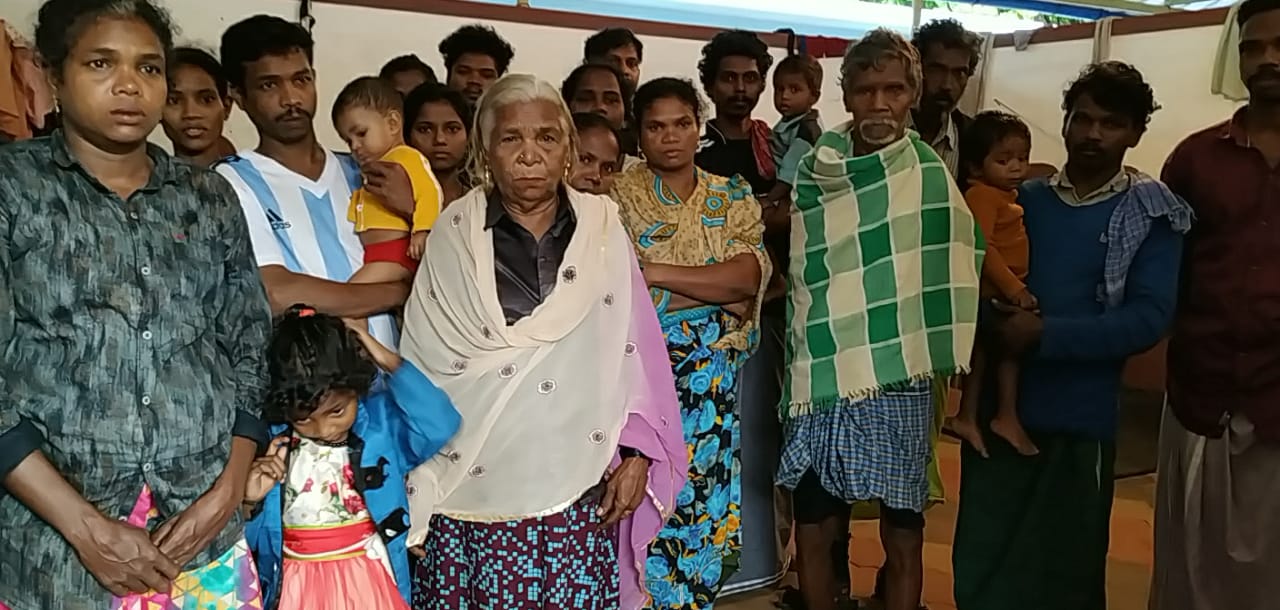
Floods in Kerala wash away centuries of isolation for tribes
It is not every day that 75-year-old Vellaga sleeps in the safety of a gated community, gets a square meal or interacts with people from the city or even mingle with other tribes. The flood in Kerala has done what centuries of tradition couldn't do – warm up the primitive tribes of the Padduka Forest under Karulai Forest Range to civilisation.

It is not every day that 75-year-old Vellaga sleeps in the safety of a gated community, gets a square meal or interacts with people from the city or even mingle with other tribes. The flood in Kerala has done what centuries of tradition couldn’t do – warm up the primitive tribes of the Padduka Forest under Karulai Forest Range to civilisation.

Vellaga, a flood-survivor, hailing from the primitive Kattunaikar tribe in Poolakapara Colony of Mutthayadam village in Karulai, shed her inhibitions when the deluge forced her and many other tribes in the region out of their homes.
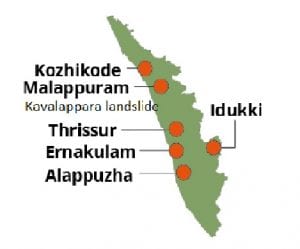
As many as 274 residents from 93 families living in villages under the Karulai Forest Range including the primitive tribes of Cholanaikkar and Kattunaikar, as well as Paniyar and Manjhiri tribes, have sought refuge at the MMM Lower Primary School in Kalkulam.
Baburaj, 39, a resident of Mundakadai colony in Karulai village remembers how, on the day of the floods (August 7) the nearby Karimpuzha river that had been a source of sustenance for the tribe for centuries, proved to be their nemesis.
“As the rains grew in intensity, the river forked out into two streams, trapping our hamlet (colony) in between. Water started gushing into our houses. It happened so fast, that we didn’t expect to survive the deluge. But then someone gave the idea of using a rope to reach the other side. By the time we crossed, the stream had swollen, reaching up to our necks. We carried our children on shoulders and crossed it to reach an elevated surface on the other side,” he says.
Rescue, however, wasn’t anywhere near when they reached. “We had called fire services for help the moment the water started flooding our houses, but they couldn’t make it that night as the floodwaters on the road kept them stranded. We spent the night standing in the jungle. We pitched tents with plastic we had brought along to keep ourselves dry. But the wind blew away many of them. Branches from trees snapped at intervals, falling on us and the men had to take the hit to protect the children,” says Pinky, a resident of the village, who works as an Anganwadi teacher.
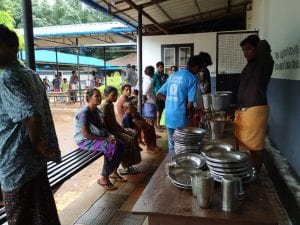
Almost 53 families consisting of 176 people from the village were rescued by volunteers the next day. Only eight of the 64 houses in the hamlet could survive the flood.
Unlike in other flood-affected areas, where people have returned to their houses from relief camps after the water receded, the ordeal of that night has frightened the tribals of Karulai and Muthayadam villages from returning home. While many want to migrate to safer locales in the jungle, there are others who rattled by nature’s fury, want to stay closer to the village, where help is accessible during a calamity.
Hailing from the Kattunaikar tribe, a community known for being in tune with the forest and its dangers, Moopan, the headman of Karulai village, feels safe in the relief camp. He is one of the few who wants his tribe not to live in the deep parts of the forest anymore.
“We don’t need much to survive. The jungle is our home and we can always depend on it for sustenance. But we cannot put the lives of our children at stake anymore. They need to live in a place that is accessible to civilisation, where there is education, electricity and most importantly help when we need it,” he says.
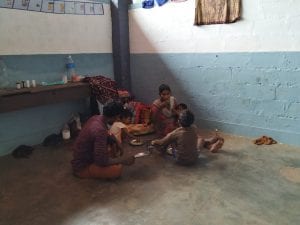
Most of the people from these tribal communities depend on the forest for their sustenance. “They eke out a livelihood by collecting herbs and forest products and selling it to the government or private companies. The men sometimes are employed in village work, like cleaning canals or building river embankments. But most of them keep themselves to the forest and do not prefer working outside as labourers as many others do,” says Prabhakaran V, a village field assistant who supervises work at the relief camp.
In a way the relief camp is a microcosm of the life these tribals now aspire to lead. At the camp they have been lodged in separate (class) rooms, based on their indigeneity and get four meals a day. Being a Maoist-prone area, the camp is secured by police personnel and Asha workers make regular rounds to ensure that the residents are well fed and healthy. Legal services volunteers pay regular visit to the camp to help residents get identity cards like Aadhar, ration or voter identity cards that many have lost in the floods.
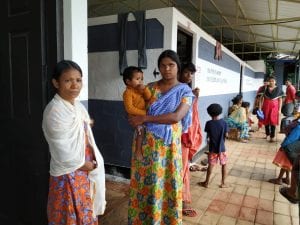
“Initially the tribes had problems with food and in mingling with one another, but their common woe has brought them together. Now they have also adapted to the food that we provide,” says Usman M, the school’s manager handing over a pre-breakfast plate of tea, biscuits and bread to a camper.
“These are some of the last surviving tribes of Kerala. The Cholanaikars are the most primitive of them, and are indigenous to Malappuram, with only 150 of them surviving today. This is the least we could do for them,” Usman adds.
Baburaj, who now lives in the camp with his wife and child feels at home. “This is swargam (heaven). You can find all the elements of life here. We have to find a home like this where we feel safe and not threatened,” he says.


